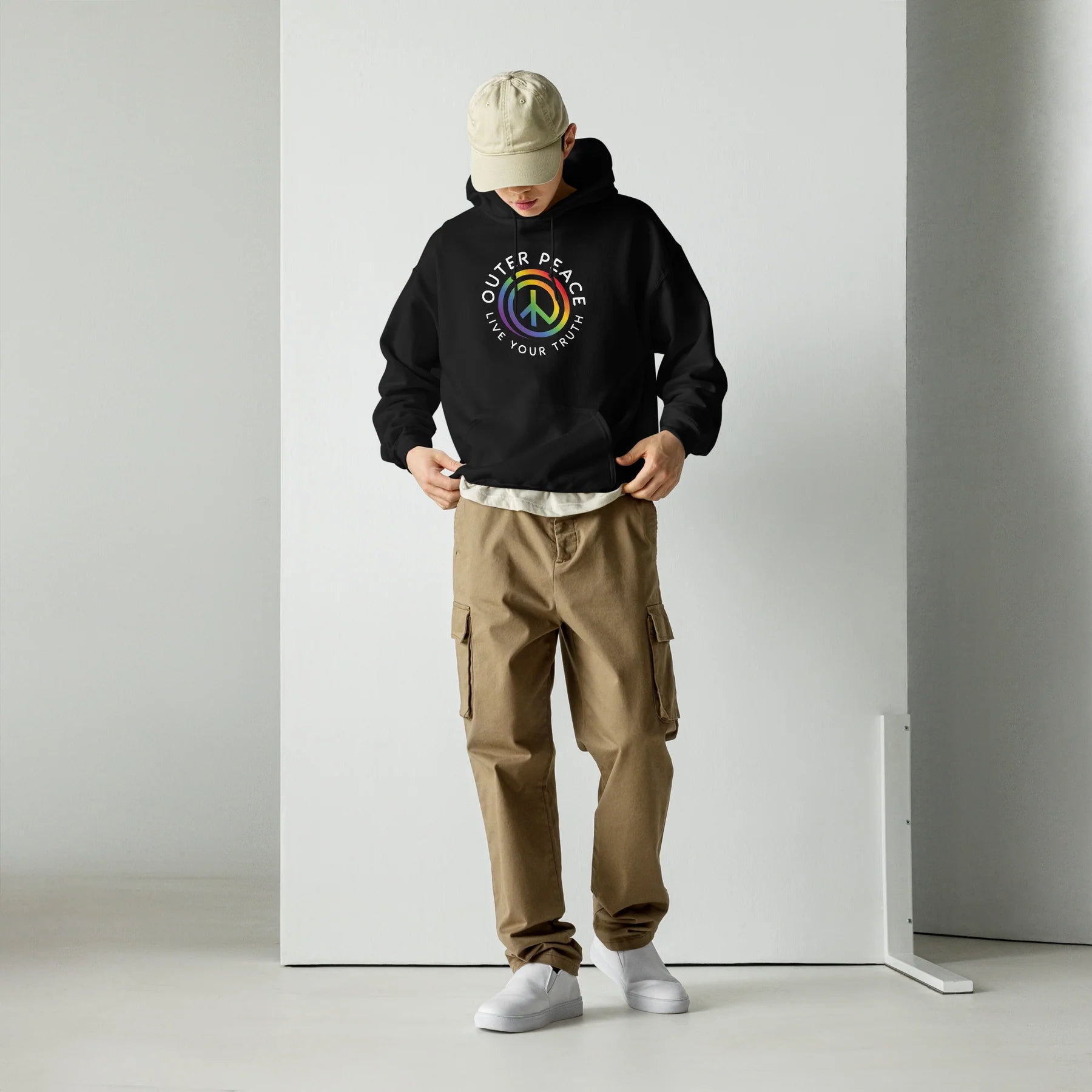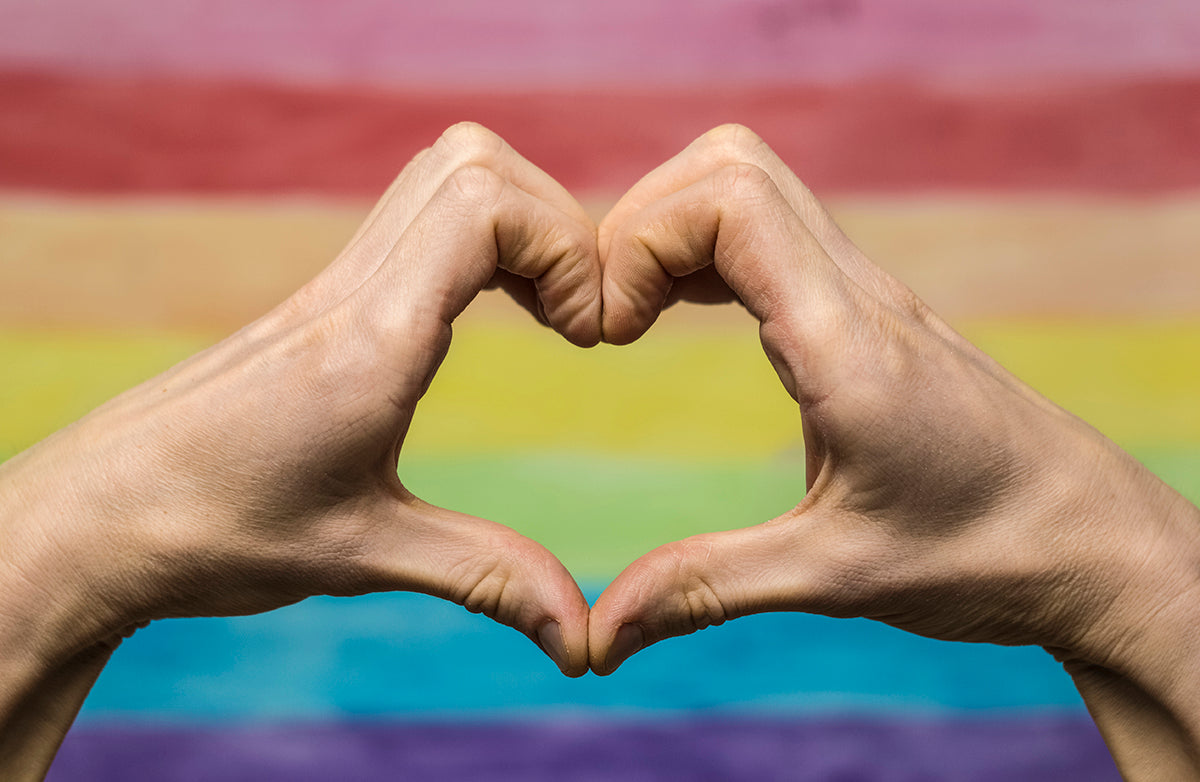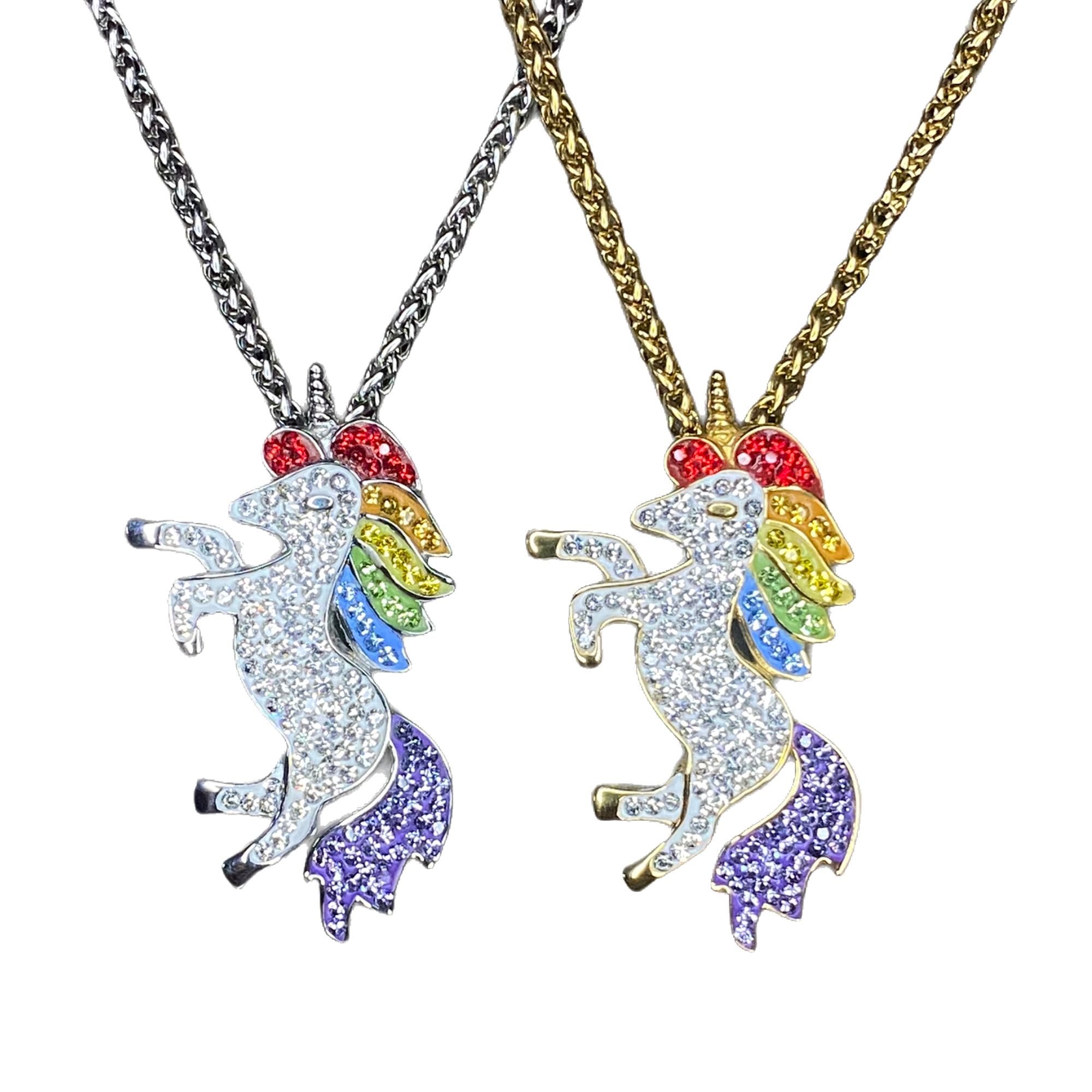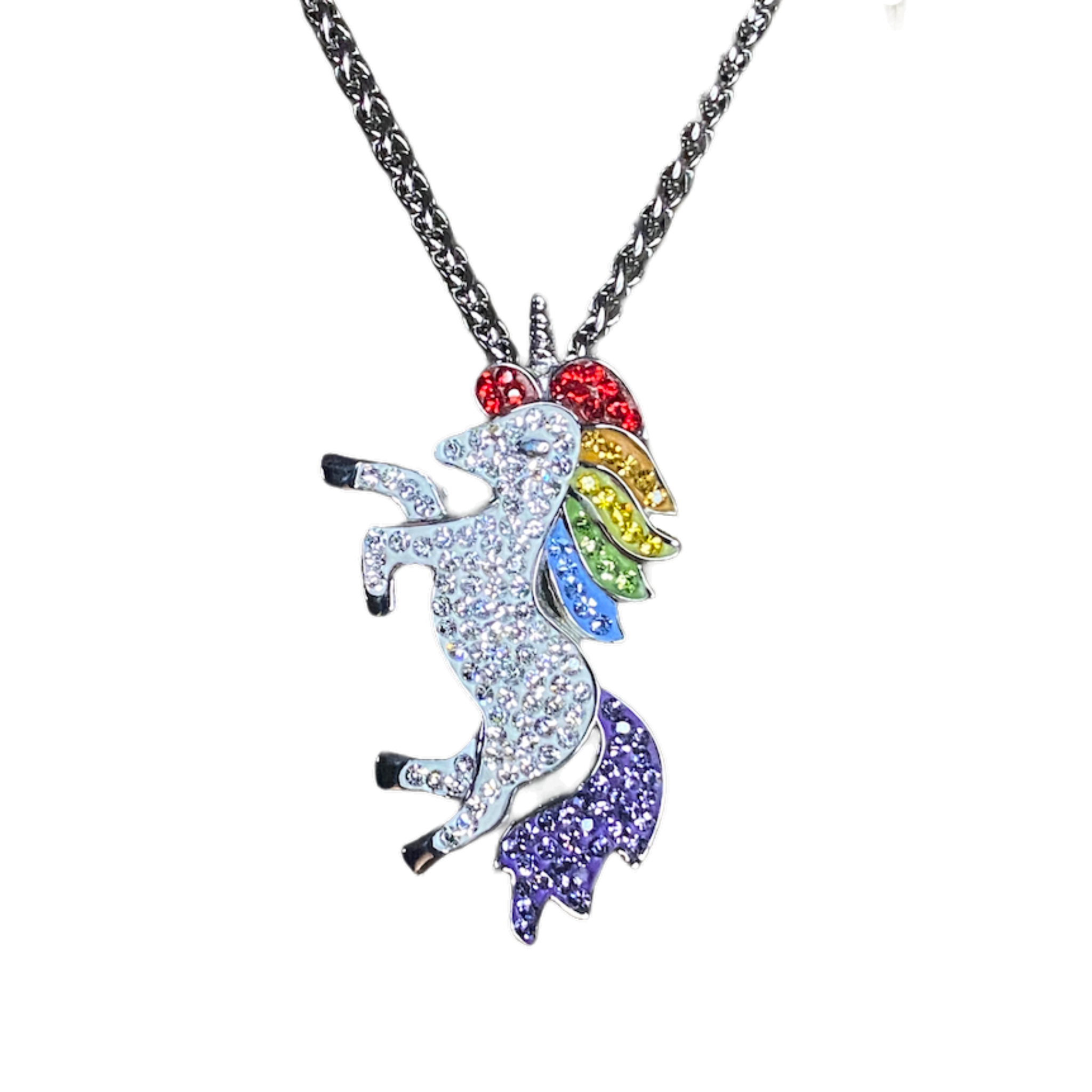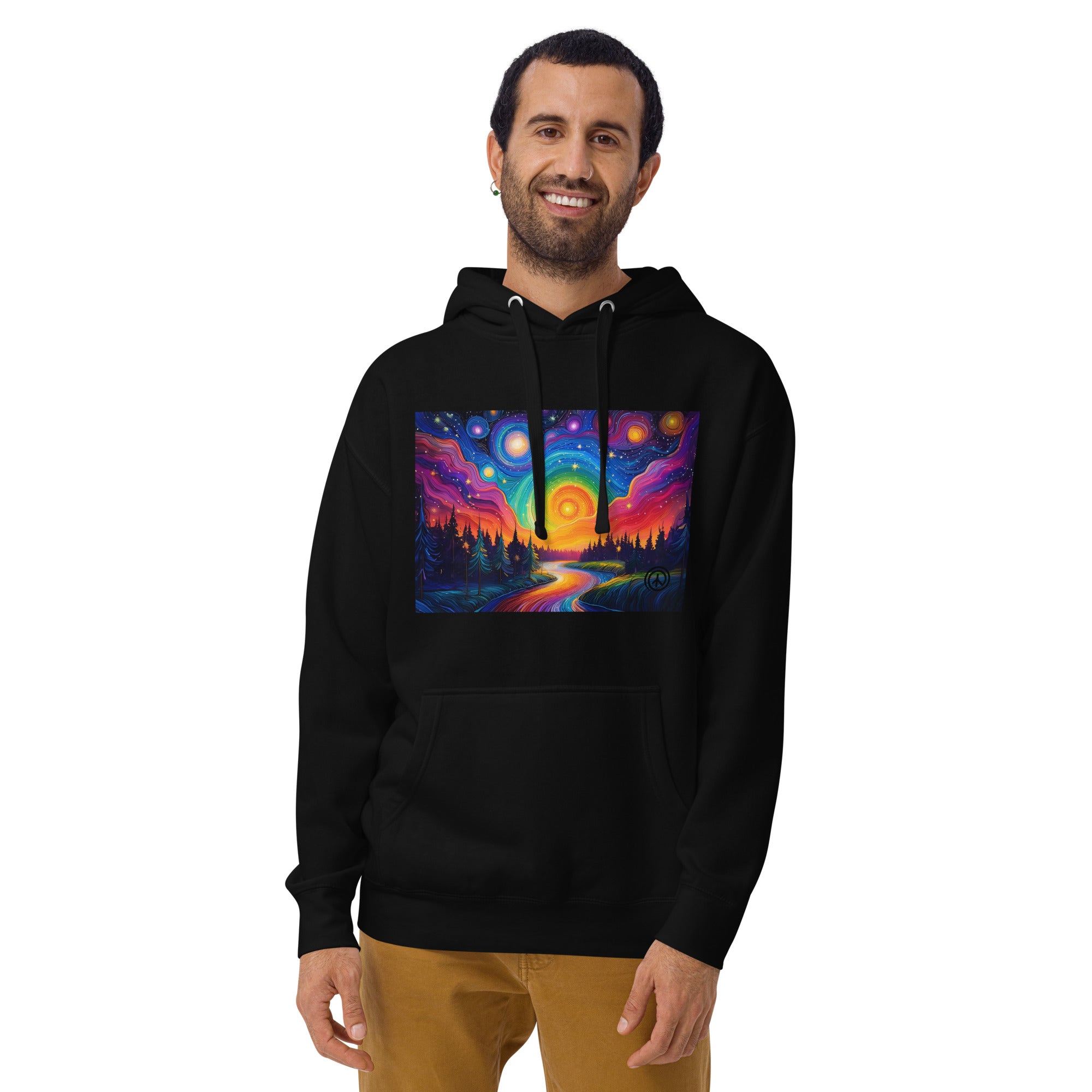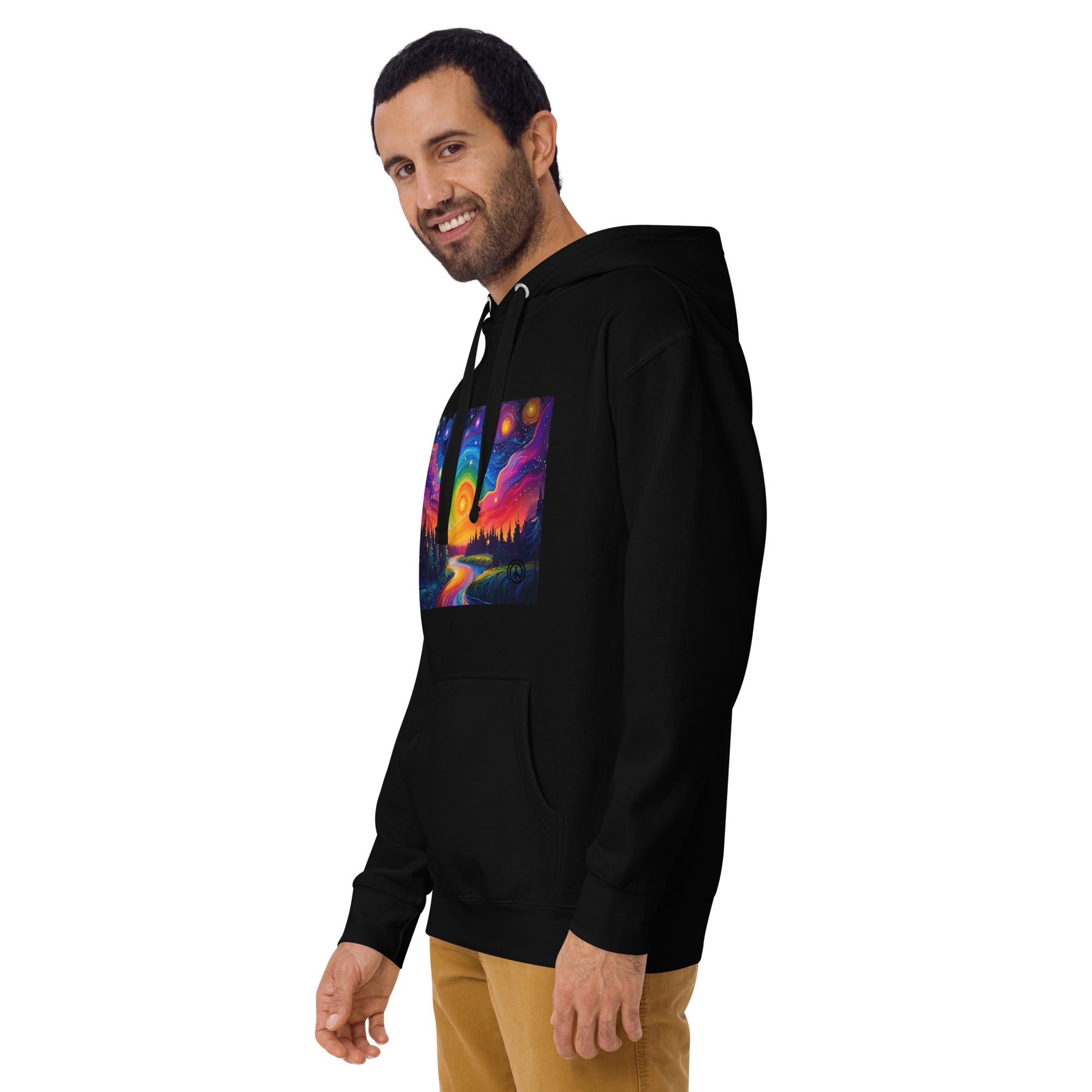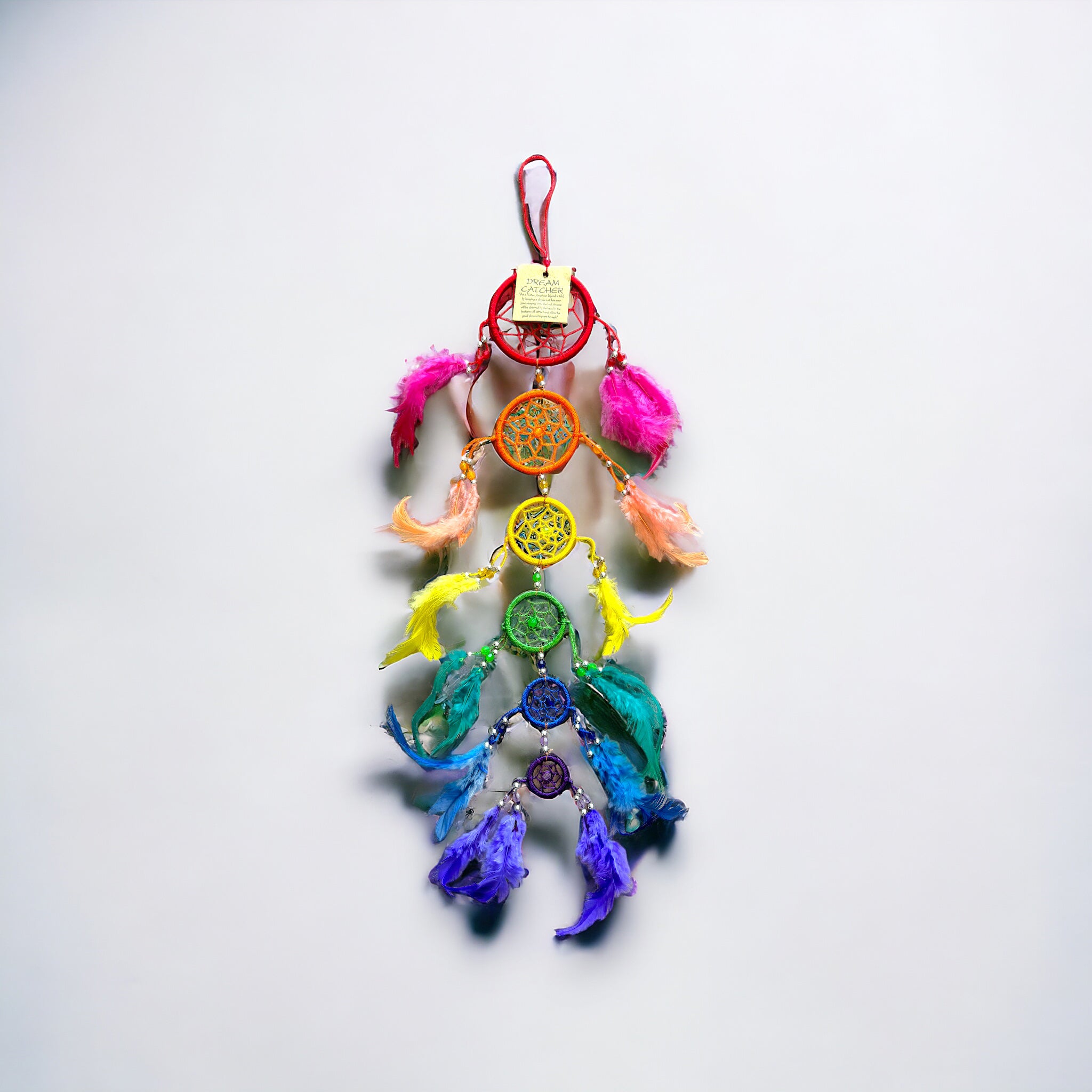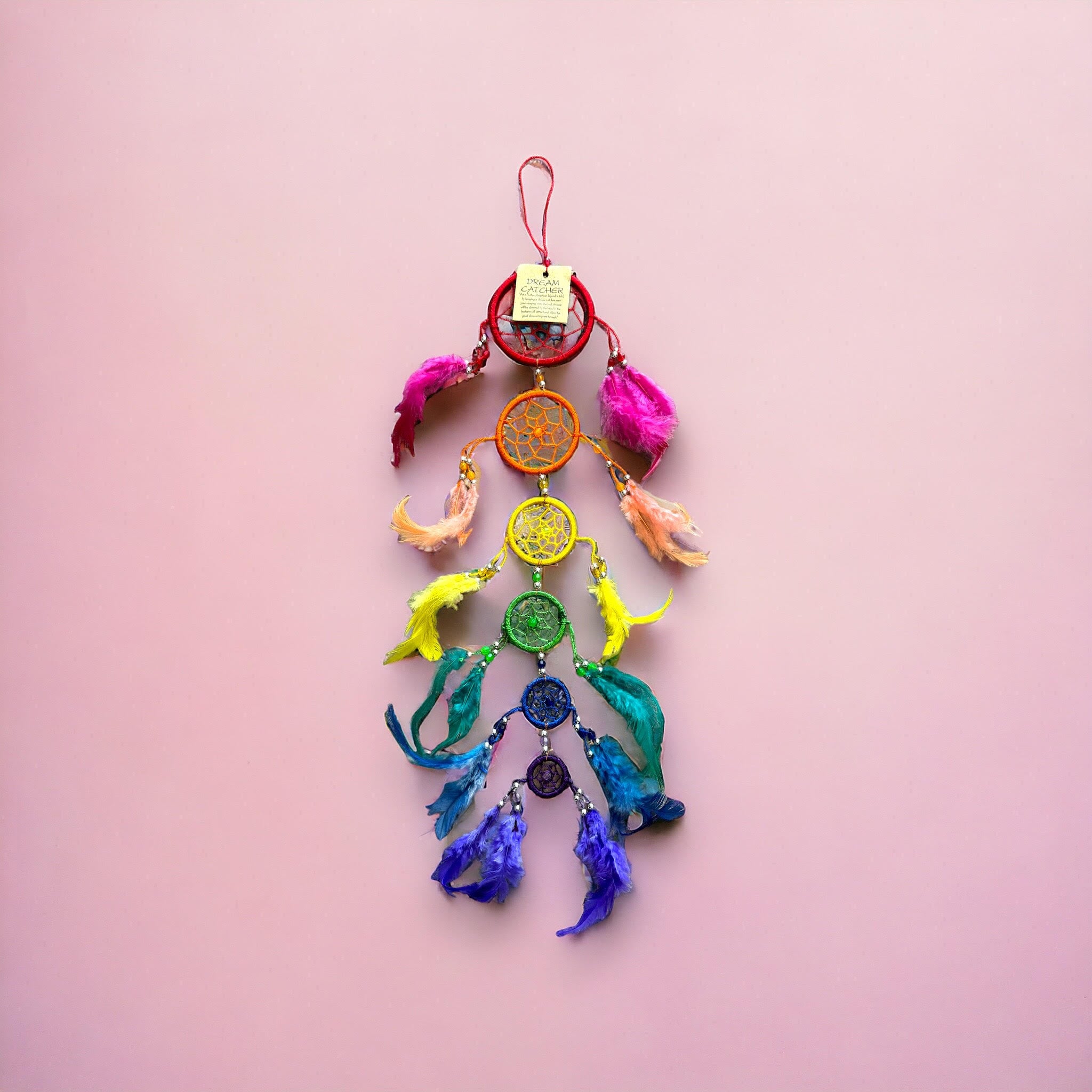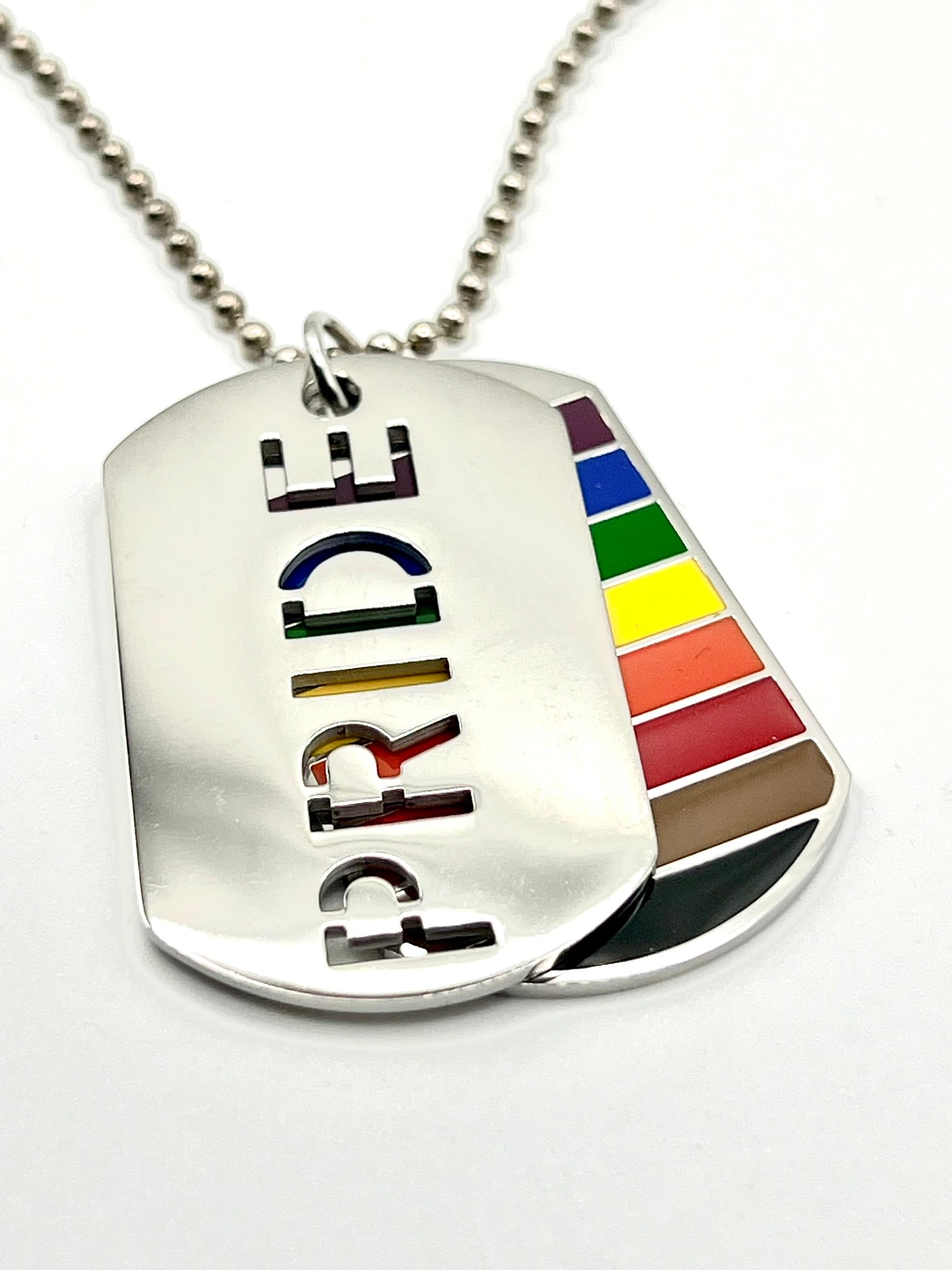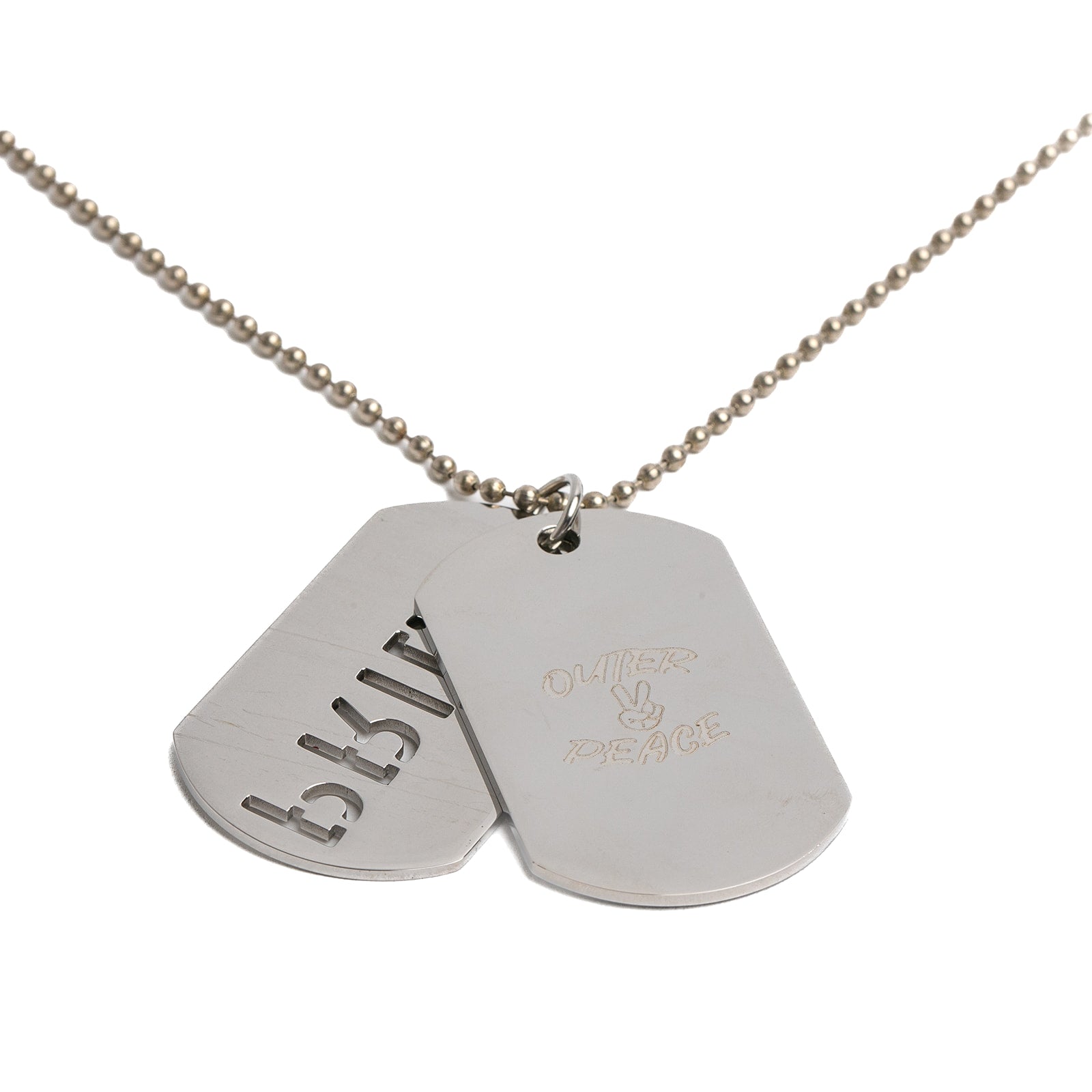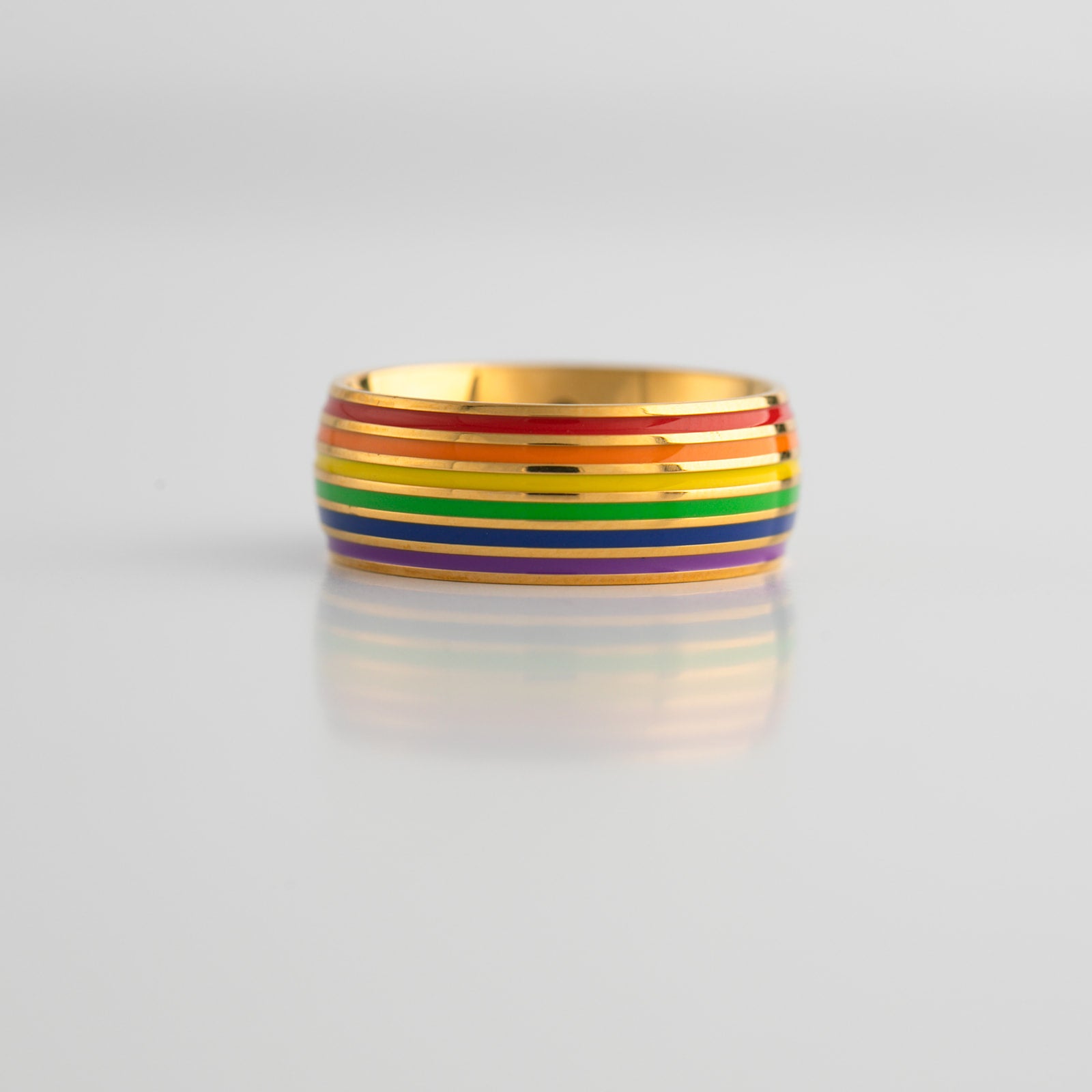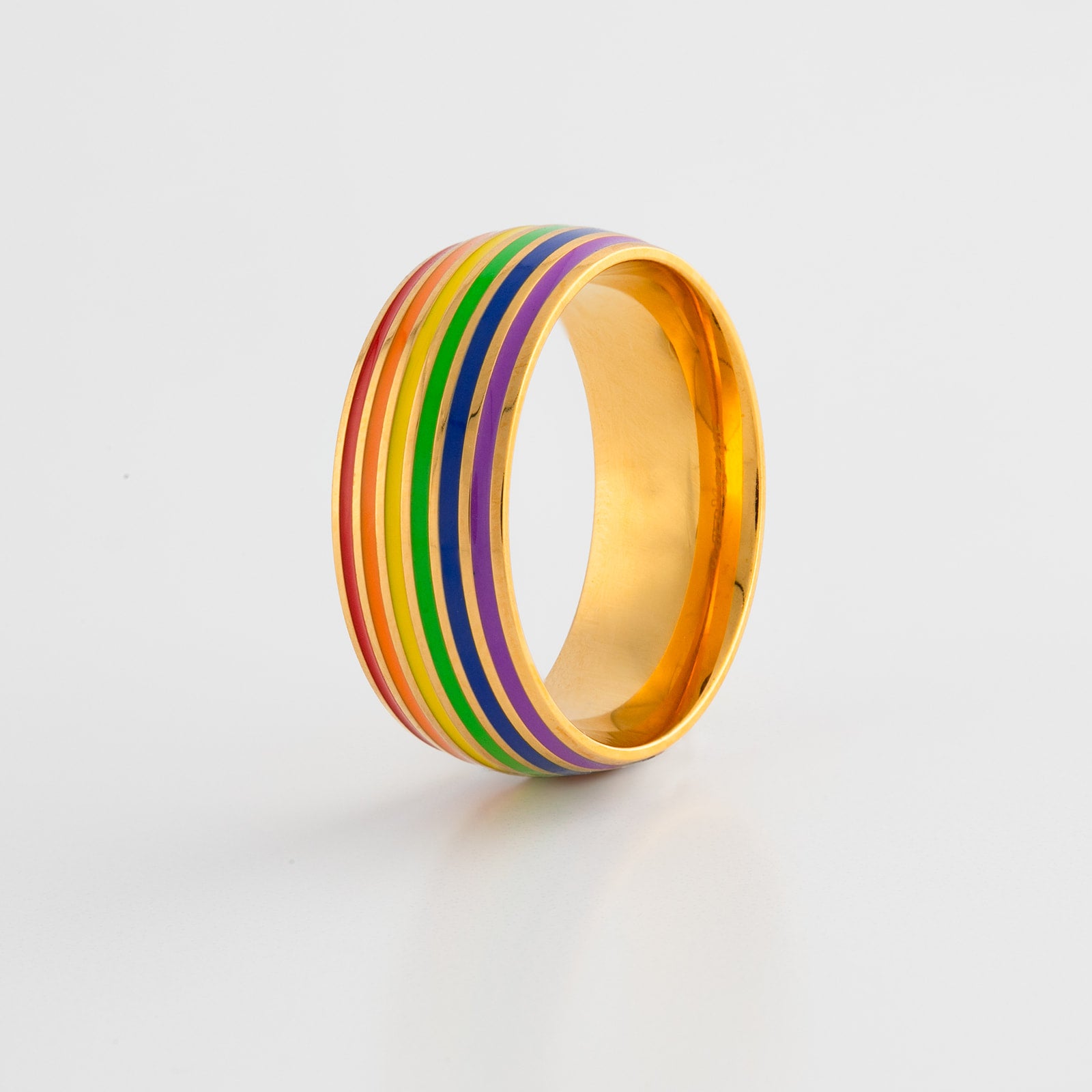In our vast human tapestry, there exists a rich mosaic of sexual orientations. From one end to another, every shade, every color, every nuance, is a testament to human diversity. The journey of understanding these orientations isn’t just about comprehending terms but truly resonating with their essence. Respecting each one is a step toward a more inclusive world.
Defining Omnisexuality
Omnisexuality, a term that has perhaps baffled many, roots itself deeply in history. It’s not just a word but a whole spectrum of feelings and experiences. But what sets it apart? While bisexuality, pansexuality, and others have their unique definitions, omnisexuality dances to a slightly different beat.
Omnisexuality, often used interchangeably with pansexuality, refers to a sexual orientation where an individual is attracted to people of all genders and gender identities. This means that an omnisexual person can be attracted to men, women, non-binary individuals, and others, without gender being a primary factor in their attraction.
There are some subtle distinctions that some individuals make between omnisexuality and pansexuality:
Pansexuality: The term often implies a gender-blind approach to attraction, meaning that gender doesn’t play a determining role in one's attraction to others. Someone who identifies as pansexual might say they are attracted to people "regardless of gender."
Omnisexuality: While also attracted to all genders, some people who identify as omnisexual may feel that they recognize and appreciate all genders, but gender can still play a role in their attraction. An omnisexual person might be attracted to different genders in different ways.
However, it's essential to understand that the lines between these labels can be fluid, and personal definitions can vary. Labels like omnisexual, pansexual, bisexual, and others are self-identifying terms that individuals might choose based on which they feel resonates most with their experiences and feelings.
The Spectrum of Sexual Orientations
Imagine a vast continuum. On one end, we have heterosexuality. A leap from there and we may find bisexuality, and as we continue our journey, we might find asexuality at another extremity. Omnisexuality? It's there, woven intricately among these, holding its unique space and meaning.
Common Misconceptions about Omnisexuality
Ah, the ever-looming cloud of confusion between omnisexuality and pansexuality. To the untrained eye, they might seem indistinguishable. But delve deeper, and the subtleties emerge. Myths? Oh, there are plenty. From misguided beliefs that it’s “just a phase” to gross oversimplifications, the misconceptions are rife.
The Experience of Omnisexual Individuals
Emma, an omnisexual individual, once shared, "Every day feels like an exploration." For many, it's a roller-coaster of emotions, sometimes marked by jubilation and at other times, by the weight of misunderstanding. Society, with its biases, often presents hurdles. They're not just navigating their emotions but also societal perceptions.
Supporting and Being an Ally to Omnisexual People
Label correctly. Speak gently. Understand deeply. Sounds simple, right? Yet the gravitas of these actions is immense. It’s not just about using the right pronoun or label; it’s about the intent, the emotion, and the authenticity behind it. Listen. Empathize. That's how you become an ally.
Frequently Asked Questions About Omnisexuality
- What is omnisexuality?
- Omnisexuality is a sexual orientation where an individual feels attraction to all genders and gender identities, acknowledging and appreciating the influence of gender in their attraction.
- How is omnisexuality different from pansexuality?
- While both omnisexuals and pansexuals may be attracted to all genders, omnisexuality can involve recognizing and appreciating different genders in different ways. Pansexuality, on the other hand, often implies a gender-blind approach to attraction.
- Is omnisexuality the same as bisexuality?
- No. While both orientations acknowledge attraction to multiple genders, bisexuality typically refers to attraction to both one's own gender and other genders. Omnisexuality emphasizes attraction to all genders and gender identities, often with nuances based on gender.
- Do omnisexuals have a preference for one gender over another?
- Omnisexuals might have varying levels of attraction or different kinds of attraction to different genders, but it doesn't necessarily mean they prefer one gender consistently over another.
- Is omnisexuality just a phase?
- Like all sexual orientations, omnisexuality is valid and not merely a phase. People's understanding of their sexuality might evolve over time, but that doesn't make their current feelings or identifications any less genuine.
- How can I support someone who identifies as omnisexual?
- As with supporting anyone of any orientation, it's essential to listen, be open-minded, avoid making assumptions, and educate yourself about their experiences. Respect their identity and offer a safe space for them to express themselves.
Conclusion
In this vast tapestry of human existence, understanding each thread, each color, and each shade becomes paramount. Only by immersing ourselves in knowledge and empathy can we truly hope to be inclusive. Remember, it’s not just about labels; it’s about souls, experiences, and emotions.
Feel enlightened? Share this. Dive into discussions. Broaden your horizons further. The path to true understanding lies in openness, dialogue, and a genuine thirst for knowledge. Embrace it.
Featured collection
Get onboard with out awesome collection of LGBTQ+ exclusives!
2 Color(s) Available
10 Color(s) Available

